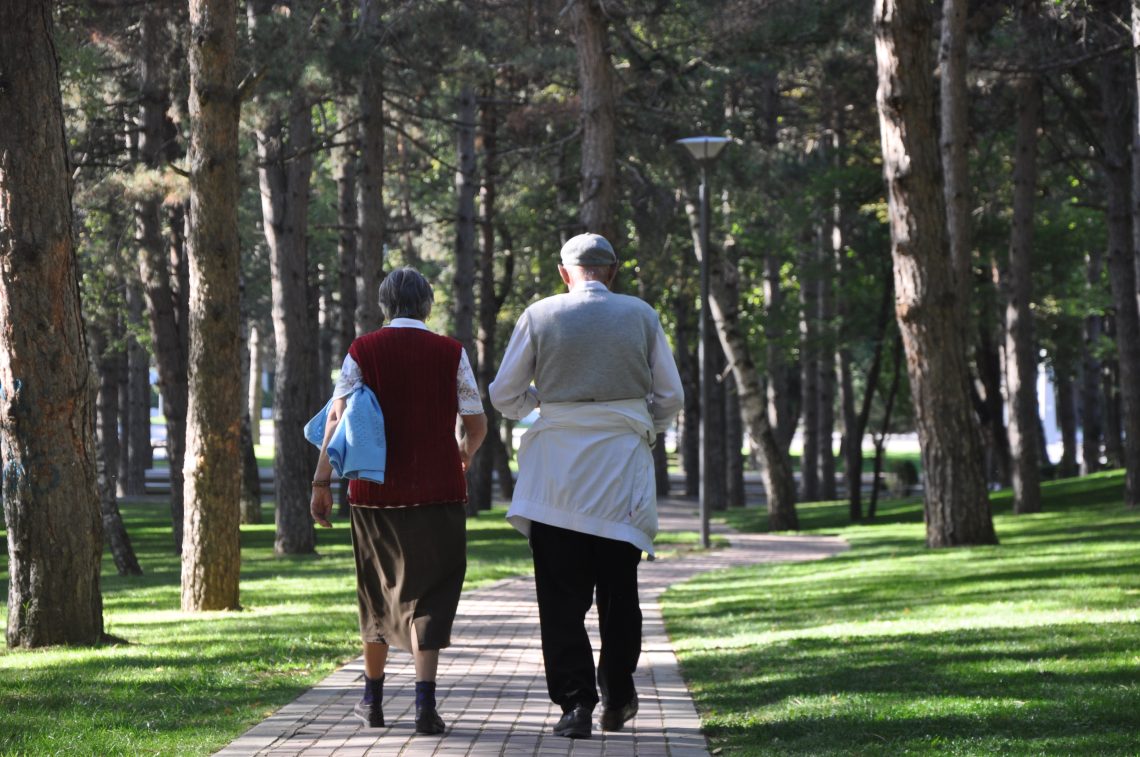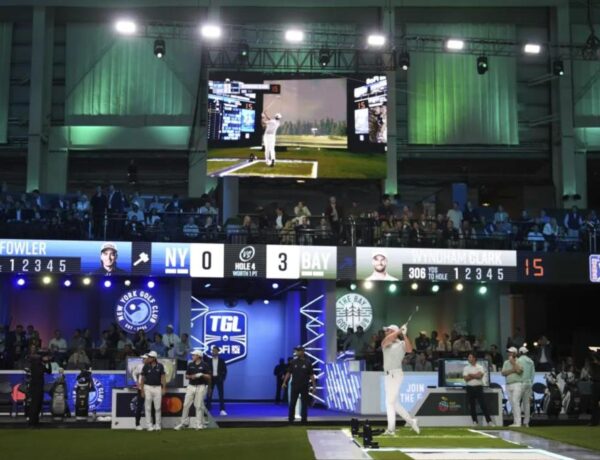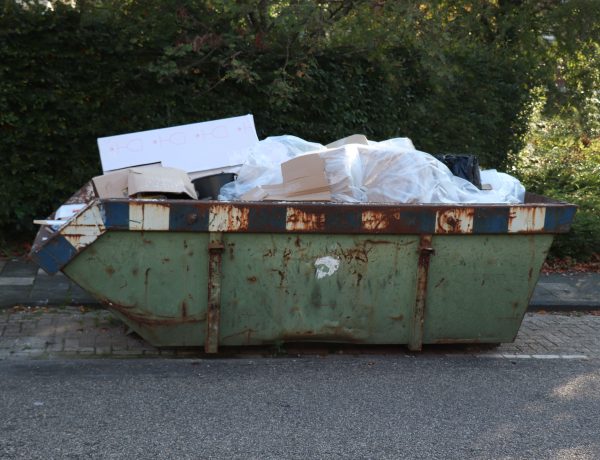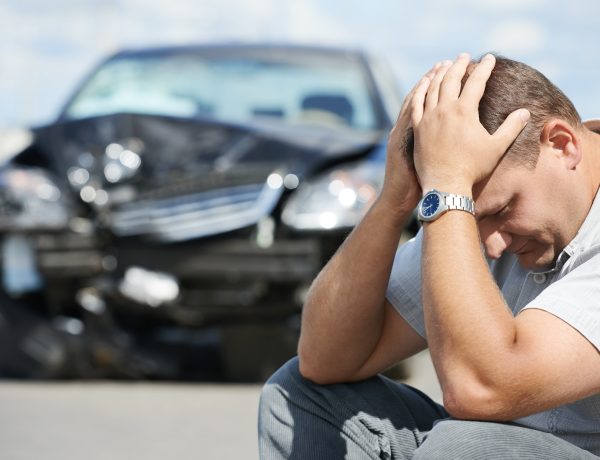The likelihood of developing bladder inconsistency when we get older is high. While it is normal to have leakage for several reasons, for some reason, it is not talked about as openly as it should be. With bladder issues comes anxiety. But when we understand the common causes for the elderly, we can address them appropriately.
The four most common causes of urinary inconsistency for the elderly are weakened pelvic floor muscles, age-related disorders, disease, and overactive bladders. Let’s explain.
1. Weak Pelvic Floor Muscles
As women and men age, their muscles naturally weaken. This is specifically true for women after giving birth. Regardless of gender, when muscles are weak in the pelvic floor, coughing, sneezing, and physical stress can cause leakage. Working on strengthening these muscles to contract your bladder is one way to address this.
At first, with working out, you may find yourself struggling to prevent leaking. Exercise, in this case, can be both the cause and solution. In time, it should get better.
2. Overactive Bladder
Most of us have experienced needing to pee all the time. However, it becomes a more serious problem when it becomes consistent and uncomfortable. Feeling the pressure of being constantly full, but struggling to go to the bathroom is a sign of an overactive bladder.
A few diseases are associated, such as diabetes or an enlarged prostate. It also can result from pregnancy and the baby’s weight pushing on the uterus at all times.
3. Various Diseases
Overactive bladder often results from a few diseases, as mentioned. Some of these are Alzheimer’s. Parkinson’s, and multiple sclerosis, among others. This is mainly associated with urge incontinence and has similar feelings to an overactive bladder or overflow incontinence. Unfortunately, sometimes having a stroke can lead to this as well.
4. Disorders Developed with Age
Function of mobility is one of the biggest causes of incontinence among the elderly. Something like Arthritis that prevents them from being able to get to the bathroom quickly enough is widespread. Trying to work through these problems is usually addressed with therapy and other preventative measures.
What You Can Do About It
Taking action is the best thing the elderly can do for their incontinence. Several options can be used in combination with each other.
Healthy Habits
Taking vitamins and treating your body with care is one of the best ways to approach urinary incontinence. This includes a nutritious diet and working out to reduce arthritis pain and increase muscle stamina. Magnesium, vitamin C, and D are the top recommended supplements to take!
Women’s Underwear
A guaranteed way to control your leakage from dampening your day is to wear women’s protective incontinence products such as pads and briefs. When using pads and padded briefs, it is important to look for great absorbency and quality materials.
Medications and Procedures
Alternatives for heavier urinary incontinence issues consist of using catheters, creams, and other products that can help decrease the pressure put on the uterus. This is common with overflow incontinence and overactive bladder. You Are Not Alone
Urinary incontinence is incredibly unpleasant and something that doesn’t always go away. However, the elderly should not feel hopeless because there are a number of methods that can help ease the situation. There are many reasons outside one’s control when urinary incontinence starts to creep into one’s life.
Speaking with a doctor for the best personal solution is never a bad idea. The degree of incontinence will play a role in choosing the right approach to lessening it. Just remember you aren’t alone, and everyone’s approach is unique to them.




